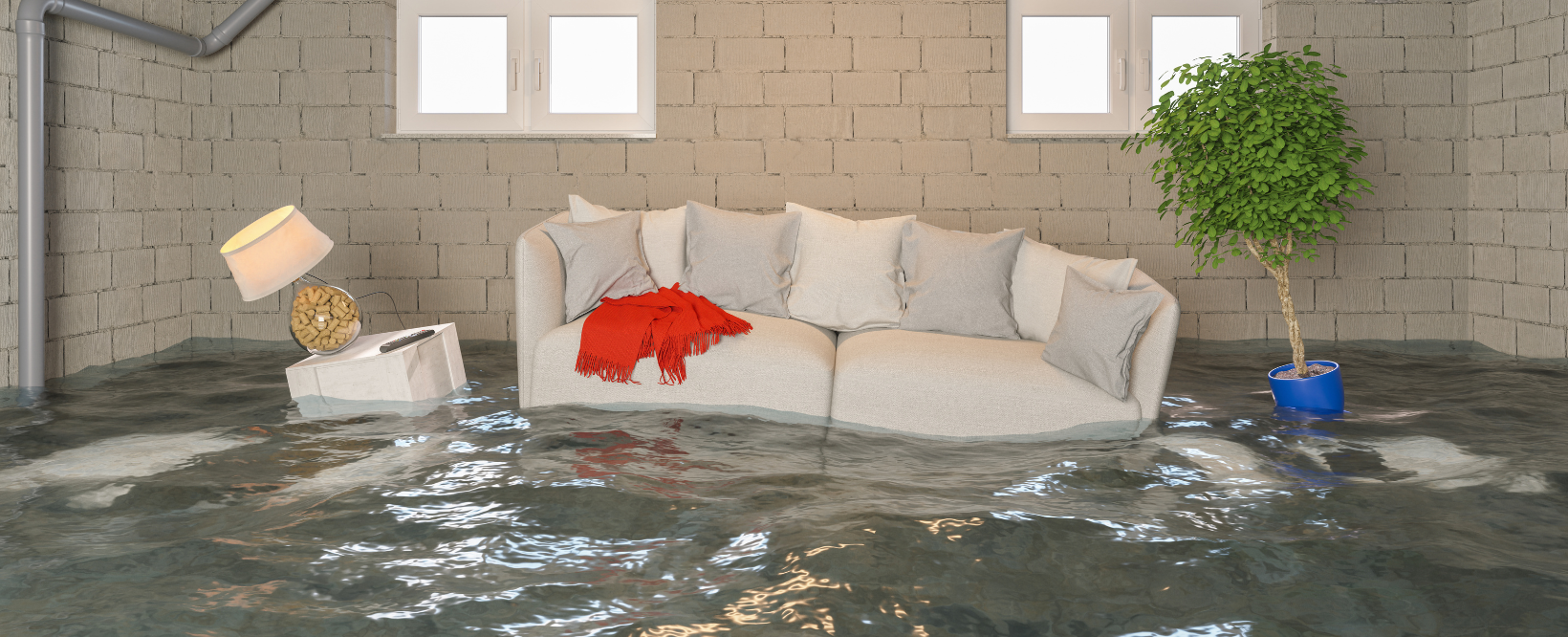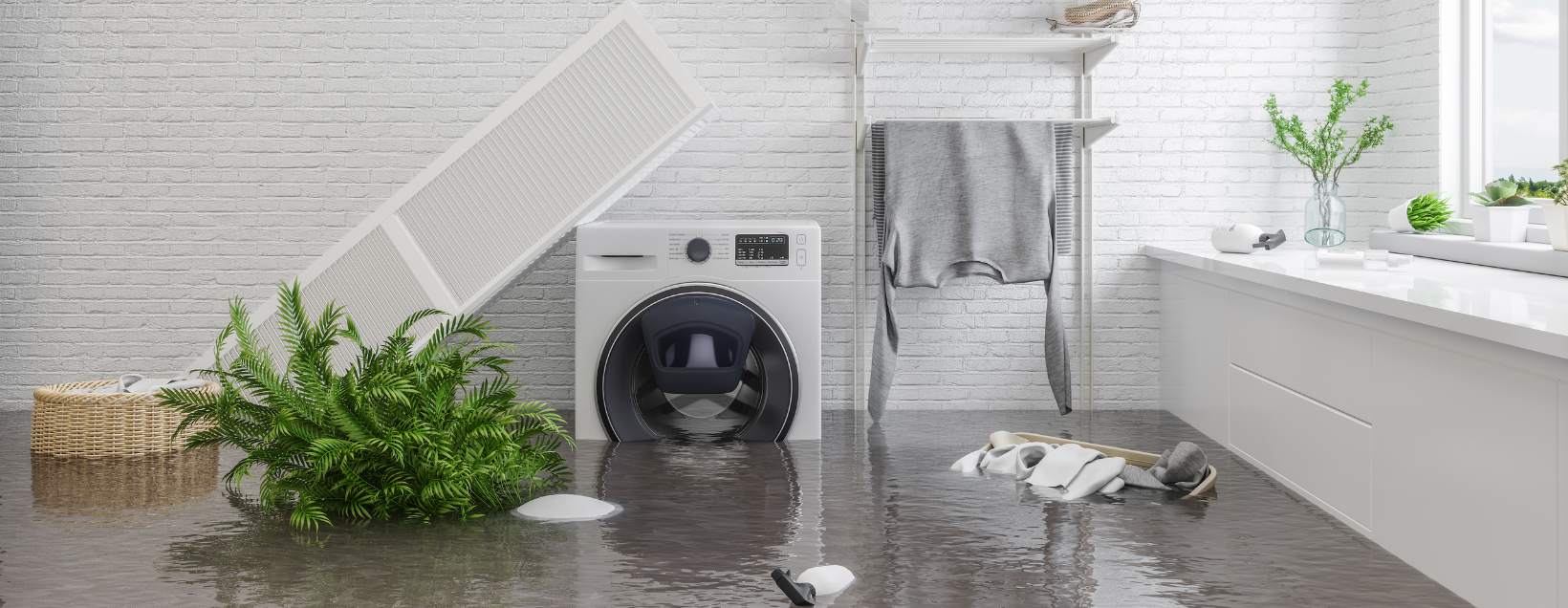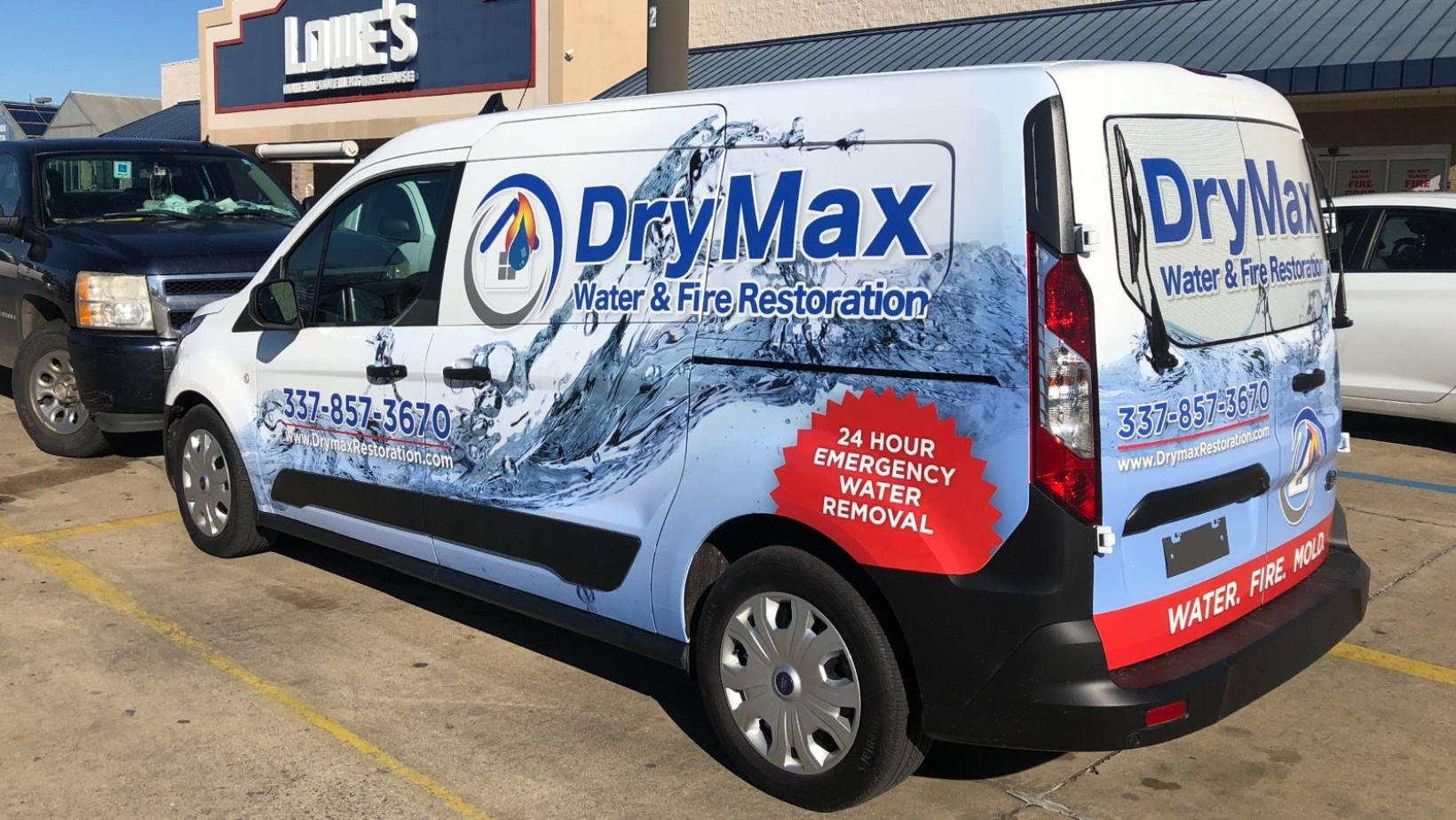The Necessity of Professional Contents Cleaning After Water Damage

Overview of Contents Cleaning after Water Damage
When a property experiences a flood or water damage, it is imperative to address the aftermath promptly to prevent further issues such as mold growth, wood rot, and bacterial exposure. This is where contents cleaning comes into play. It involves the comprehensive cleaning and restoration of personal belongings and contents that have been affected by the water damage. For instance, items such as furniture, clothing, electronics, and sentimental possessions may all require specialized cleaning to remove water, contaminants, and odors. Engaging professional contents cleaning services is crucial in salvaging valuable items and preventing further damage, especially considering the health risks associated with mold growth after water damage.
Professional contents cleaning services utilize modern technology and specialized cleaning products to ensure safe and efficient restoration of various items. For example, they may employ methods such as Ultrasonic Cleaning, which can effectively remove harmful contaminants and restore the integrity of personal belongings. Furthermore, these services play a pivotal role in preventing further damage and mold growth, as professional restoration companies have the expertise and equipment necessary to handle the restoration process effectively. Additionally, they can provide assistance with insurance claims and documentation, which may not be as effective with do-it-yourself (DIY) solutions. This underscores the importance of seeking professional help for contents cleaning after water damage to ensure the best possible outcome for salvaging possessions and mitigating further damage.
In addition to professional services, temporary contents storage options also contribute significantly to preserving salvaged belongings and preventing additional damage. For instance, climate-controlled storage facilities can safeguard items from further deterioration while the property undergoes restoration. This underscores the importance of the pack-out process for contents cleaning and restoration after a disaster, where professionals assess the damage, decide on salvageable items, and carefully pack them for storage in a controlled environment. These measures are critical in safeguarding valuables and sentimental items during the restoration process, highlighting the essential role of temporary contents storage options in the overall contents cleaning and restoration efforts.
Definition of Contents Cleaning After a Flood
Contents cleaning is a detailed and essential process that involves the thorough cleaning and restoration of personal belongings and contents that have been affected by flood or water damage. This intricate procedure includes the use of modern technology and advanced cleaning products to ensure the safe and efficient restoration of valuable items. DryMax Restoration provides water damage restoration services in the Acadiana area of Louisiana. For example, professional restoration companies like DryMax Restoration utilize Ultrasonic Cleaning, a cutting-edge technology that removes harmful contaminants and restores the integrity of various personal belongings. This method is particularly effective in salvaging items that have been damaged by water, soot, or mold, highlighting the significance of professional contents cleaning services in the aftermath of a water-related disaster.
Moreover, the role of professional contents cleaning services extends beyond the restoration of possessions. These services also play a vital role in preventing further damage and health risks associated with mold growth after water damage. By promptly addressing the cleaning and restoration of contents, individuals can mitigate the potential health hazards and structural issues that may arise from prolonged exposure to moisture and mold. Therefore, the expertise and precision offered by professional contents cleaning services are crucial in ensuring a comprehensive and effective recovery process after water-related incidents.
Process of Contents Cleaning After a Flood
When it comes to the process of contents cleaning after a flood or water damage, it is a meticulous and multi-faceted procedure. Professional restoration companies, such as DryMax Restoration, utilize modern technology and specialized cleaning products to ensure safe and efficient restoration of personal belongings. For example, advanced techniques like Ultrasonic Cleaning are employed to remove harmful contaminants and restore the integrity of valuable items. This demonstrates the level of expertise and cutting-edge approaches used in the contents cleaning process to salvage belongings and mitigate further damage.
Moreover, the involvement of a flood restoration company is crucial due to their ability to handle the restoration process effectively. These companies have the necessary equipment, expertise, and experience to carry out the intricate steps involved in contents cleaning. For instance, the assessment of the damage, decision on salvageable items, and the packing process are all integral parts of the cleaning procedure. By entrusting this task to professionals, individuals can rest assured that their belongings are being handled with care and precision, increasing the likelihood of successful restoration and minimizing the risk of further damage. Therefore, the process of contents cleaning is not merely a surface-level cleaning endeavor but a comprehensive and specialized approach to salvaging items and preserving their integrity after water damage.
In conclusion, the process of contents cleaning is a meticulous and technology-driven procedure that requires the expertise and equipment of professional restoration companies to ensure the successful restoration of personal belongings after a flood or water damage incident. By understanding the intricacies of this process and the benefits of professional involvement, individuals can make informed decisions when seeking assistance for contents cleaning and restoration [6].

Benefits of Professional Contents Cleaning Services Following a Water Damage Event
Engaging professional contents cleaning services provides a wide array of benefits that are essential after experiencing water damage. One of the key advantages is the expertise and specialized equipment utilized by restoration companies to effectively handle the restoration process. For instance, companies like DryMax Restoration employ state-of-the-art technology and modern cleaning products to ensure safe and efficient restoration of personal belongings and contents damaged by floods or water. This level of expertise and investment in advanced equipment is crucial in salvaging valuable items and preventing further damage, which may not be achievable with DIY cleaning methods.
Moreover, professional contents cleaning services play a pivotal role in preventing the growth of mold and mitigating the associated health risks. Mold growth is a common consequence of water damage, and it poses significant health hazards, including respiratory problems, skin irritation, and immune system issues. By engaging professional restoration companies, individuals can ensure that the cleaning process is thorough, addressing all areas of potential mold growth and contamination. This proactive approach is fundamental in safeguarding the well-being of occupants and preserving the integrity of the property.
Furthermore, the assistance provided by professional restoration companies in dealing with insurance claims and documentation is invaluable. Unlike DIY solutions, which may lack the necessary documentation and evidence required by insurance companies, professional services offer comprehensive support in this aspect. This can streamline the insurance claims process, easing the burden on property owners and expediting the restoration and recovery journey. Therefore, the benefits of professional contents cleaning services extend beyond the physical restoration of items, encompassing holistic support for individuals navigating the complexities of water damage mitigation.
Temporary Contents Storage Options
Temporary contents storage options are essential for safeguarding salvaged belongings and preventing further damage following a flood or water damage. When a home is affected by water, it is crucial to remove the contents to a safe and secure location to prevent additional harm. Climate-controlled storage facilities are especially valuable in this process as they help maintain the integrity of salvaged items by controlling temperature and humidity levels. For example, sensitive items such as artwork, antiques, and electronics require a stable environment to prevent deterioration caused by extreme temperatures or moisture. By utilizing climate-controlled facilities, homeowners can ensure that their valuables are preserved while the restoration process takes place.
In the unfortunate event of a flood, the pack-out process becomes an indispensable part of contents cleaning and restoration. This process involves a thorough assessment of the damage to determine which items are salvageable and packing them up for safe storage. For instance, textiles, furniture, and personal belongings can be carefully packed and transported to a secure facility where they are protected from further harm. By temporarily relocating the contents to a professional storage facility, homeowners can have peace of mind knowing that their belongings are in a controlled environment, free from the risk of additional damage or deterioration. This critical step in the contents cleaning and restoration process contributes significantly to the successful recovery of personal items, ultimately alleviating some of the stress and disruption caused by water damage.

Conclusion
The importance of prompt and effective contents cleaning after a flood or water damage cannot be overstated. It is crucial for salvaging valuable items, preventing further damage, and mitigating health risks associated with mold growth. To illustrate, consider a scenario where a homeowner experiences water damage due to a burst pipe. Without immediate and thorough contents cleaning, items such as family heirlooms, important documents, and sentimental possessions may be irreparably damaged, leading to financial and emotional distress.
Therefore, seeking professional help from reputable restoration companies is highly encouraged. For example, DryMax Restoration, with its 60-minute guaranteed response time and 24/7 availability, offers professional contents cleaning services using modern technology to save valuable items. Additionally, they utilize Ultrasonic Cleaning to remove harmful contaminants and restore the integrity of personal belongings, ensuring a comprehensive restoration process. It is evident that professional assistance is crucial for addressing water damage effectively, minimizing losses, and restoring a sense of normalcy for homeowners.
You might also like
DryMax Restoration Blogs




